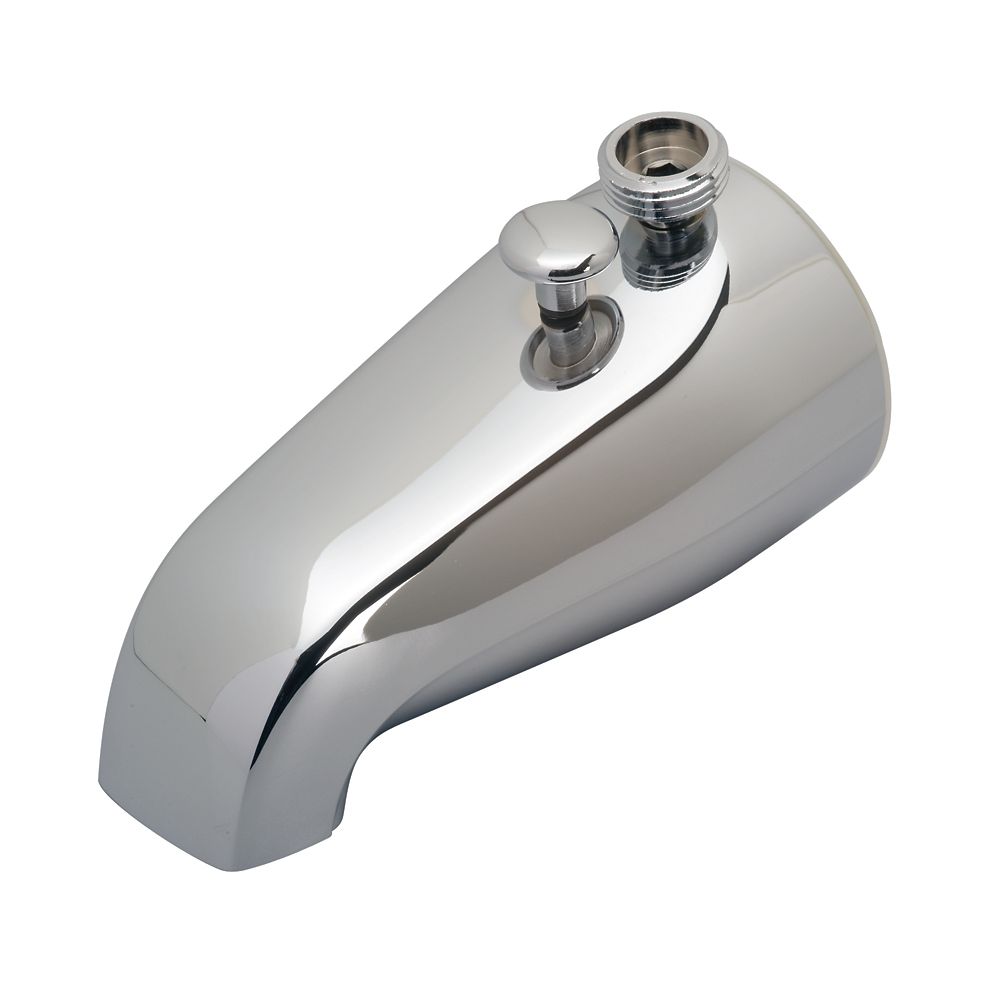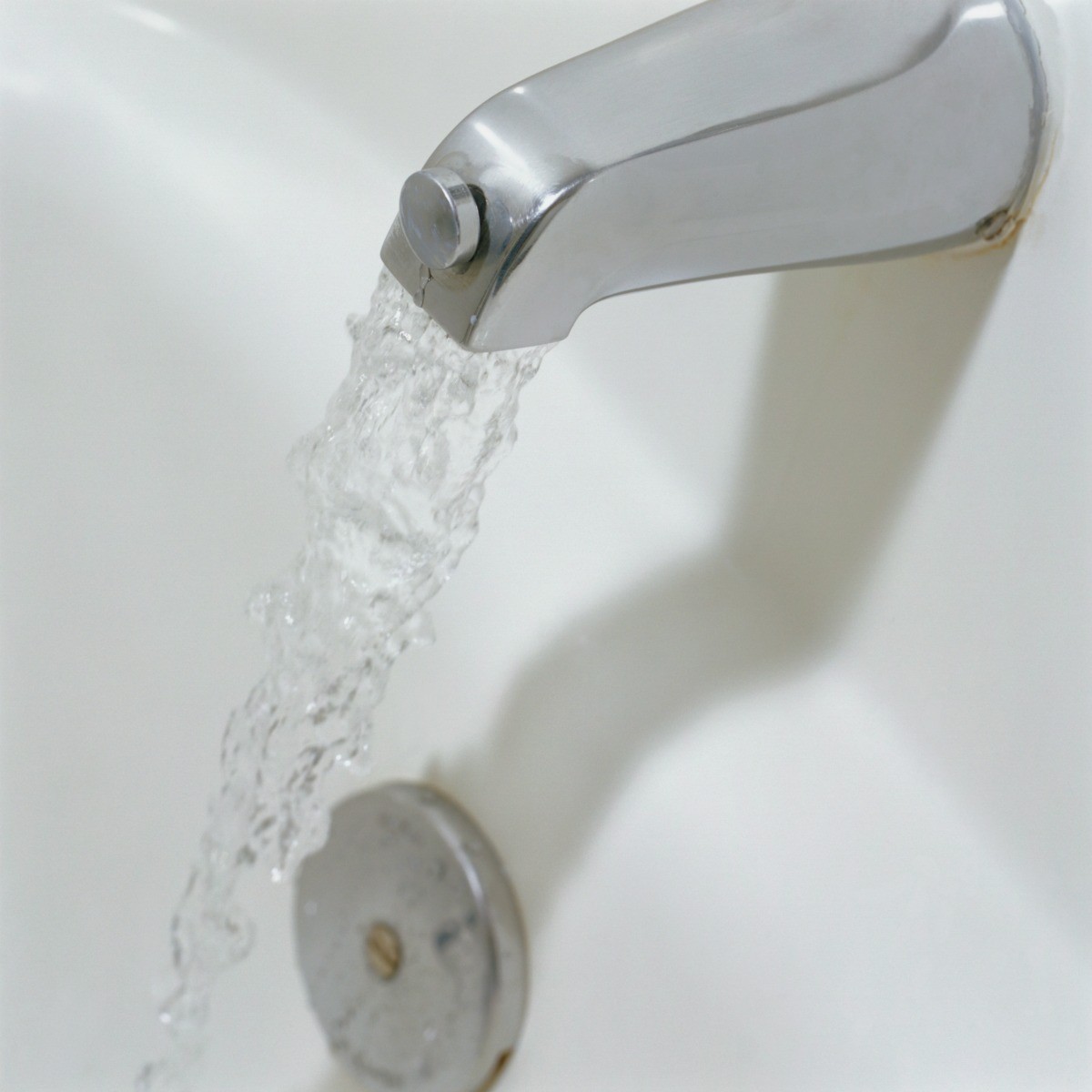
Signs It’s Time to Change Your Showerhead The part isn’t very expensive but there can be significant labor to gain access behind the shower faucet or wall.

These issues aren’t just annoying, they can lead to water damage, which is why you should have the shower diverter replaced right away. Trouble switching the water from tub to showerhead.Showerhead with decreased water pressure.Here are some of the most common signs that it’s time to replace your shower diverter. When this happens, you may notice leaks or changes in your shower. Over time, it’s not uncommon for the shower diverter to wear out, especially rubber parts like washers. When you push the handle down, it opens the flow of water to the tub spout. If you have a handle that pulls straight up from the tub faucet, you likely have a T diverter. Single-valve or T diverter – This is the most common type of diverter.The larger handle on the assembly will control the temperature while the smaller handle or level will control the direction of the water. Two-valve diverter – This type of diverter is usually found with a single-handle faucet.When you’re done showering, turn the handle counterclockwise to redirect the water to the tub. After you find the right combination of hot and cold water, you turn the third handle clockwise to send the water to the showerhead. Three-valve diverter – These are usually found when there are separate knobs for hot and cold water.There Are Three Different Types of Shower Diverters: When the diverter valve is closed, it stops the flow of water up to the showerhead and redirects it back down to your tub spout. When you open the diverter valve, water is diverted to the showerhead. What you may not know is that this pipe also extends vertically to your showerhead. You should be aware that there’s a water pipe that sends water to your tub faucet. When you use this handle, you are activating the shower diverter, which is the valve behind the wall that directs the water.

If you have a combo bathtub and shower, your faucet handle has a way of changing the flow of water from the tub spout up to the showerhead, and the other way around. Knowing how it works isn’t just fun trivia – it can help you identify an issue in your bathroom before it impacts the hot showers you know and love. But have you ever wondered how the water makes its way up to the showerhead? It’s thanks to a plumbing part called a shower diverter. Few things in life are as relaxing as a nice, hot shower.


 0 kommentar(er)
0 kommentar(er)
